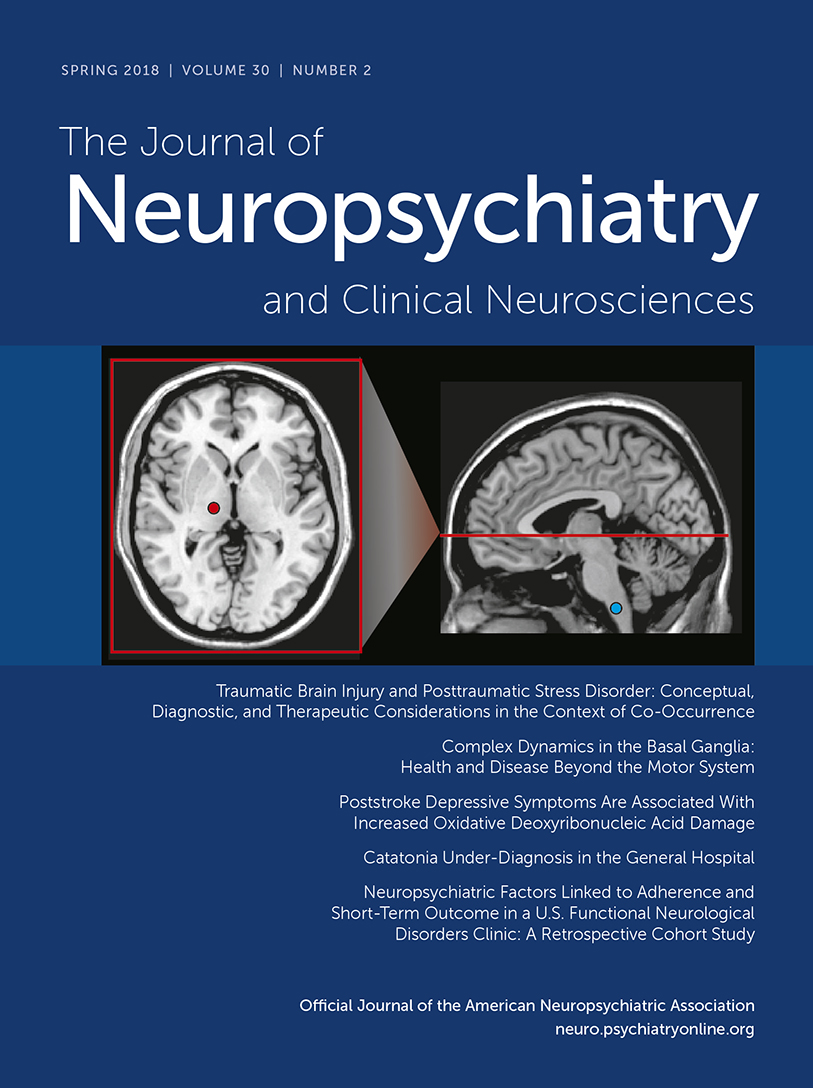Predictors of Workplace Disability in a Premanifest Huntington’s Disease Cohort
Abstract
Huntington’s disease (HD) is an inherited neurodegenerative disease involving motor, cognitive, and psychiatric/behavioral impairments that will eventually affect work role functioning. Few objective data exist regarding predictors of workplace disability in HD. The authors explored the predictors of work impairment and disability in a cross-sectional cohort of 656 employed, premanifest HD (preHD) individuals. In this cohort—the majority of whom were female, urban-dwelling, married/partnered, and working full-time, with minimal cognitive impairment, good function, minimal motor abnormality, and no indication of significant mental health issues—the number of participants who reported that they had missed work due to HD was low (2.4%). However, 12% of the study sample reported experiencing impairment while working due to preHD, 12.2% reported work-related activity impairment due to preHD, and 12.7% reported impairment in their overall work ability. Higher numbers of CAG repeats on the mutant allele and having more motor symptoms were associated with significantly higher odds of experiencing workplace impairment. Importantly, several modifiable factors were also found to predict workplace disability. Specifically, higher levels of anxiety symptoms were associated with significantly higher odds of experiencing workplace impairment. Good mental and physical health served as protective factors, where good physical health was associated with 6% lower odds of experiencing impairment or missing work time and good mental health was associated with of 10%−12% lower. The results provide important new knowledge for the development of future targeted intervention trials to support preHD individuals in maintaining their work roles as long as possible.



